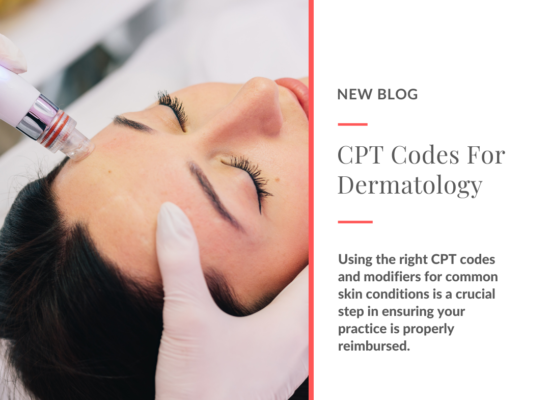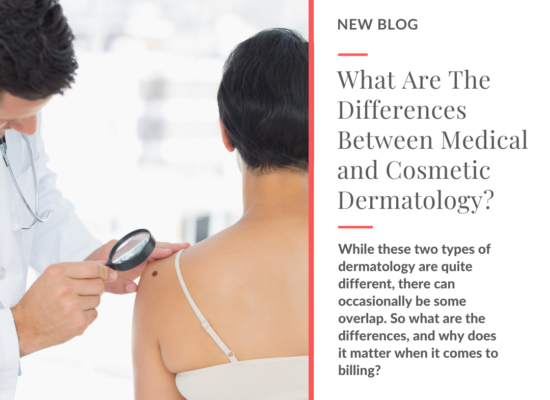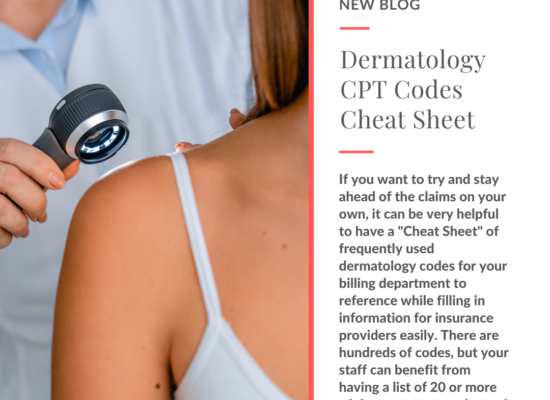The change of seasons present different challenges for our skin, and it can be hard for patients to keep up with the necessary changes in their skin care routines too. After a long, cold winter, the sudden uptick in temperature, rising humidity levels, and increased physical activity can wreak havoc on our already struggling skin, which has been dry and flaky all winter.
Hotter and more humid spring weather typically means spending more time outside, with increased exposure to the sun and lots of sweating. Both of these factors can usher in new problems or cause a flare up of existing skin conditions. Breakouts are very common as people begin using things like sunscreen and bugspray, or jumping in swimming pools with lots of chlorine, or doing sports and wearing sweaty clothing for long periods of time. The skin on our faces is especially susceptible to environmental changes, though problems can present themselves in different parts of the body.
Now that we’re officially in spring, our skin is about to face a wide range of new challenges. It’s important for skin care specialists and dermatologists to be aware of the most common skin allergies that tend to present themselves in the spring, and which billing codes your team will want to keep on hand for easy reference.
After being cooped up for the winter months, too much exposure to UV rays can damage the deeper cells of the skin, causing varying levels of sunburn. The L55 billing codes for Sunburn include:
- L55.0 – Sunburn of first degree
- L55.1 – Sunburn of second degree
- L55.2 – Sunburn of third degree
- L55.9 – Sunburn, unspecified
The increased heat and humidity of spring can cause over-active sebaceous glands, and the bacteria that causes acne easily multiplies as it gets warmer. The L70 billing codes for acne include:
- L70.0 – Acne vulgaris
- L70.1 – Acne conglobata
- L70.2 – Acne varioliformis
- L70.3 – Acne tropica
- L70.4 – Infantile acne
- L70.5 – Acné excoriée
- L70.8 – Other acne
- L70.9 – Acne, unspecified
Rosacea – L71
Environmental changes can cause or worsen Rosacea, especially for people who have very fair skin, and those who come from a family that suffers from Rosacea. The L71 billing codes for Rosacea include:
- L71.0 Perioral dermatitis
- L71.1 – Rhinophyma
- L71.8 – Other rosacea
- L71.9 – Rosacea, unspecified
Atopic dermatitis or eczema is a very common skin disorder and the change of seasons and an increase in allergens can cause flare ups. The L20 billing codes for Atopic Dermatitis include:
- L20 – Atopic dermatitis
- L20.0 – Besnier’s prurigo
- L20.8 – Other atopic dermatitis
- L20.81 – Atopic neurodermatitis
- L20.82 – Flexural eczema
- L20.83 – Infantile (acute) (chronic) eczema
- L20.84 – Intrinsic (allergic) eczema
- L20.9 – Atopic dermatitis, unspecified
This is a very common form of skin cancer and can be caused by long-term exposure to UV radiation from sunlight. It typically presents as a bump on the skin in areas that are most exposed to the sun, such as the head and neck. There is a long, long list of C44 billing codes for Basal Cell Carcinoma, but some of the most common include:
- C44.01 – Basal cell carcinoma of skin of lip
- C44.11 – Basal cell carcinoma of skin of eyelid, including canthus
- C44.112 – Basal cell carcinoma of skin of right eyelid, including canthus
- C44.1121 – Basal cell carcinoma of skin of right upper eyelid, including canthus
- C44.1122 – Basal cell carcinoma of skin of right lower eyelid, including canthus
- C44.119 – Basal cell carcinoma of skin of left eyelid, including canthus
- C44.1191 – Basal cell carcinoma of skin of left upper eyelid, including canthus
- C44.1192 – Basal cell carcinoma of skin of left lower eyelid, including canthus
- C44.31 – Basal cell carcinoma of skin of other and unspecified parts of the face
- C44.310 – Basal cell carcinoma of skin of unspecified parts of the face
- C44.311 – Basal cell carcinoma of skin of the nose
- C44.319 – Basal cell carcinoma of skin of other parts of the face
Athlete’s Foot B35.3
You may see more patients presenting with Athlete’s Foot in the spring as people head outdoors to take part in sports and their feet will be more sweaty. In addition patients may be more susceptible if they frequent swimming pools and locker rooms where the fungus can be transmitted. The code for Athlete’s Foot / Tinea pedis is B35.3.
After surviving the harsh winter, our skin needs time to adjust to the changes in the environment and an increase in activities. Spring is a great time to remind patients to adjust their skin care regimen and steer away from the heavy creams used in the winter, opting instead for lighter moisturizers. Patients should avoid tanning beds, and when in the natural sun they should wear suitable sunscreen that does not irritate their skin as well as sun protection like a hat. Drinking more water is also crucial as the weather warms. And as always, patients should note any changes in their skin condition and report it to their dermatologist as quickly as possible. If your practice sees an influx in these skin conditions and requires more billing help, please reach out to Derm Care Billing Consultants and see how we can help.





